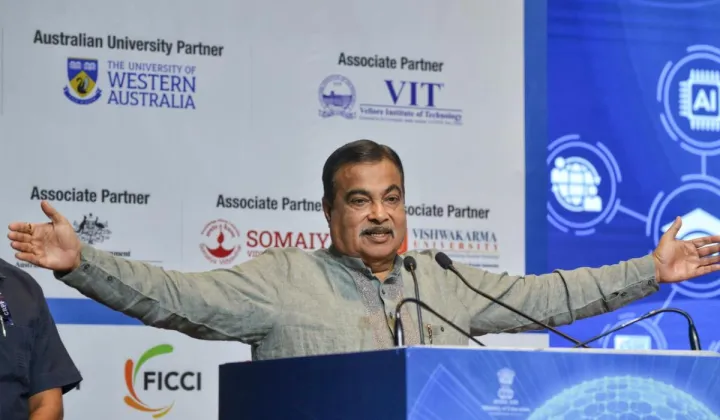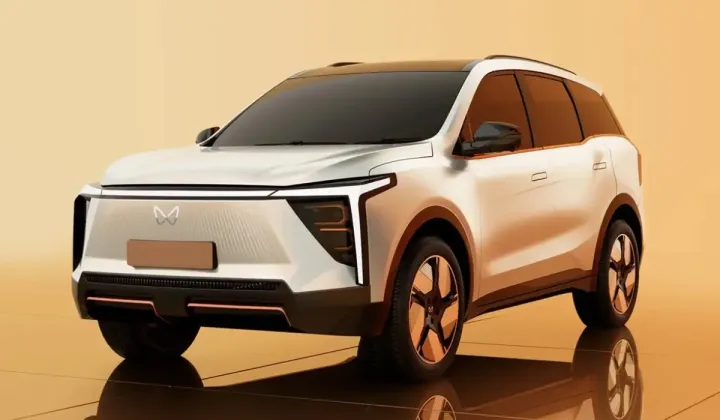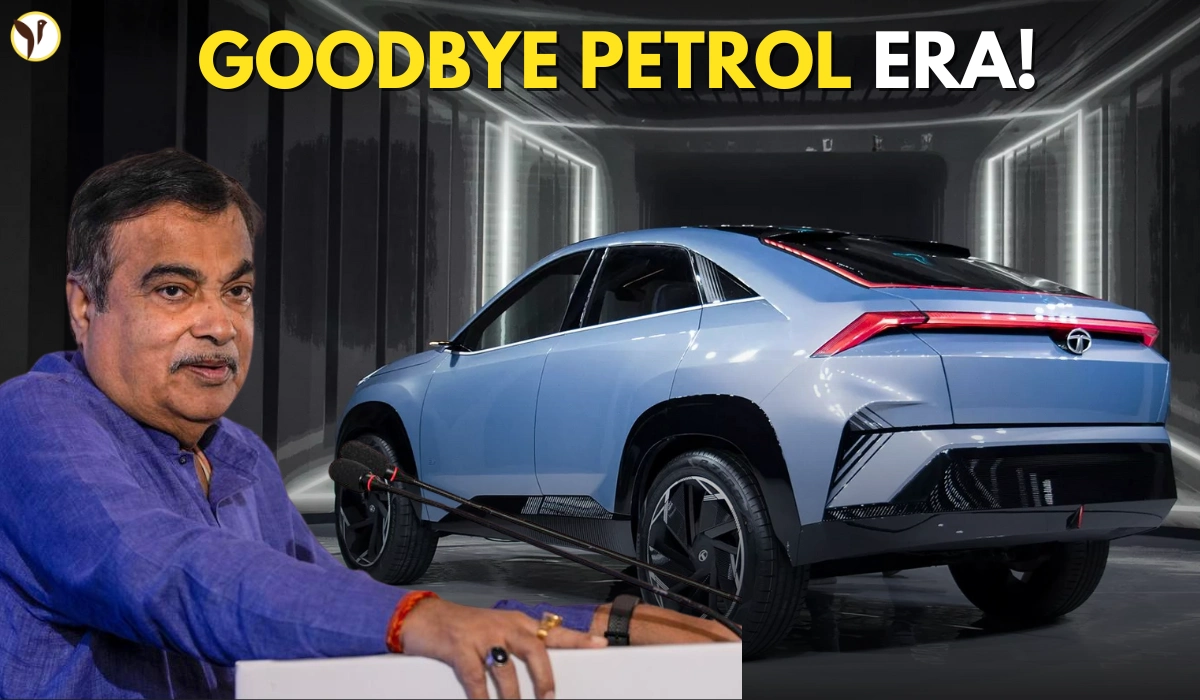In what could mark a turning point for India’s automobile industry, Union Minister Nitin Gadkari has said that electric vehicles (EVs) will soon cost the same as petrol and diesel cars. He predicted this price parity could happen within the next four to six months, as battery costs continue to drop and local production picks up pace.
If this happens, it could remove one of the biggest barriers to EV adoption — the high price — and make electric mobility more affordable for millions of Indian buyers.
Battery Prices Drop — EVs Near Price Parity With Petrol Cars
The biggest reason behind this optimistic prediction is the sharp decline in lithium-ion battery prices — which account for nearly 40% of an EV’s total cost. Over the past two years, India has made rapid progress in local battery manufacturing, supported by government initiatives such as the FAME-II scheme and Production-Linked Incentive (PLI) programs.
With local firms now developing and assembling batteries domestically, the overall production cost of EVs is dropping fast. Gadkari said these changes could soon make electric vehicles as affordable as petrol or diesel cars, especially in the small and mid-size segments.

India’s EV Boom: The Shift Every Car Buyer Was Waiting For
India’s EV sector has seen impressive growth over the past year. Sales of electric two-wheelers and four-wheelers have surged, with brands like Tata Motors, Mahindra, MG, and Hyundai introducing more models for different price ranges.
Tata’s Nexon EV, Tiago EV, and Mahindra’s XUV400 are among the best-selling electric cars in India today. Experts believe that once EV prices match petrol cars, sales could multiply as buyers see electric vehicles as a more practical and cost-effective choice.
How Government Push Is Powering India’s Electric Dreams
The government has been steadily pushing to make electric mobility mainstream. From reduced GST rates on EVs (5%) to tax exemptions on loans for electric vehicles, multiple measures have been introduced to boost demand.
In addition, efforts are being made to expand charging infrastructure across cities and highways. The government aims to install thousands of new charging stations under public-private partnerships, making it easier for EV owners to charge their vehicles conveniently.

Top-Selling EVs Cars Specification
|
|
|
|
|
|
|
|
|
|
|
|
|
|
|
|
|
|
|
|
|
|
|
|
|
|
|
|
|
|
Can Cheaper EVs Reshape India’s Car Market Forever?
If Gadkari’s prediction proves right, it could completely reshape India’s car market. Price parity would remove the last big hurdle preventing many consumers from switching to EVs.
It would also encourage automakers to focus more on electric models and less on traditional petrol and diesel engines. As a result, India could move faster toward its goal of achieving 30% electric vehicle penetration by 2030, while cutting emissions and reducing its dependence on imported oil.
🚨 EV prices to match that of petrol vehicles in 4-6 months: Gadkari. pic.twitter.com/EtLYBoQIyb
— Indian Tech & Infra (@IndianTechGuide) October 7, 2025
Conclusion
For years, high prices have held back the EV revolution in India. But now, things are changing quickly. With falling battery costs, local manufacturing, and strong government support, the dream of owning an affordable electric car might finally become reality in just a few months.
If EVs really reach price parity with petrol cars by early 2026, it won’t just be a big win for the auto industry — it will mark a historic step in India’s journey toward cleaner, greener mobility.


/content/stories/thumb/thumb69204c265863e6.58718967.webp)
/content/stories/thumb/thumb6920490d4c6781.27437794.webp)
/content/stories/thumb/thumb69200c785d3418.28094473.webp)
/content/stories/thumb/thumb69200ab26d23c9.80437170.webp)
/content/stories/thumb/thumb691ffffb70c6f8.07374640.webp)


